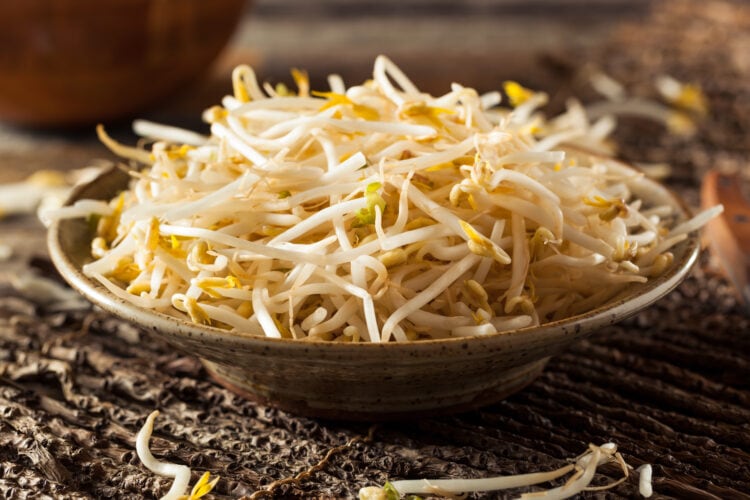What people generally call bean sprouts are actually young mung bean shoots—often mislabeled as “soy sprouts”—hence the common confusion.
To grow them, mung beans are soaked and sprouted in water. Once germinated, the water is drained and the sprouts are kept in a cool, dark place to develop.
What do bean sprouts taste like?
Mung bean sprouts are very crisp with a fresh, clean flavor, making them ideal for a wide range of dishes.
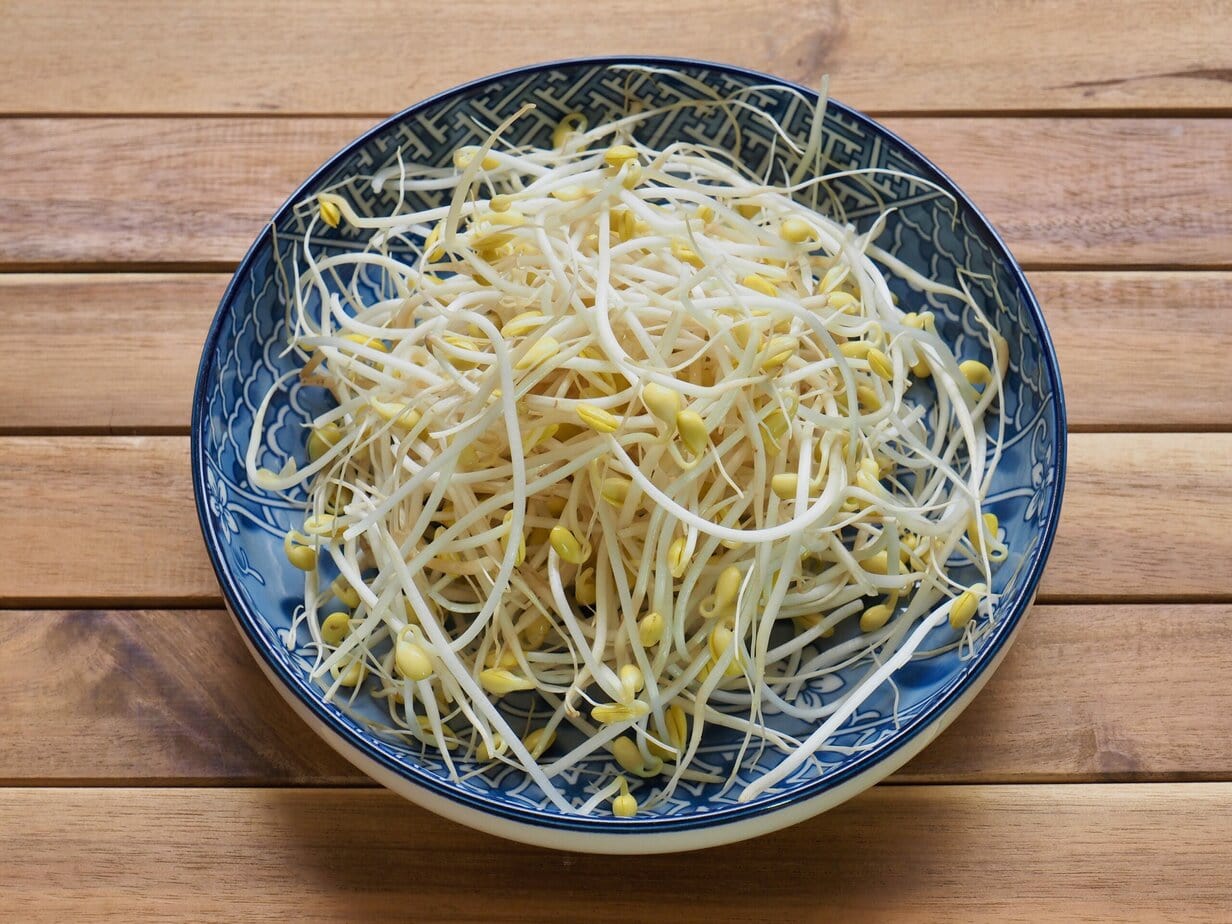
Better yet, because of how they’re produced, they’re essentially available year-round. You’ll find them in most supermarkets, usually in the produce section.
Health benefits of bean sprouts
Nutritionally, bean sprouts are made mostly of water and are therefore very low in calories.
Even so, they’re rich in beneficial nutrients. They provide a generous amount of protein—up to 40% of their makeup—as well as omega-3s, which are often lacking in our diets.
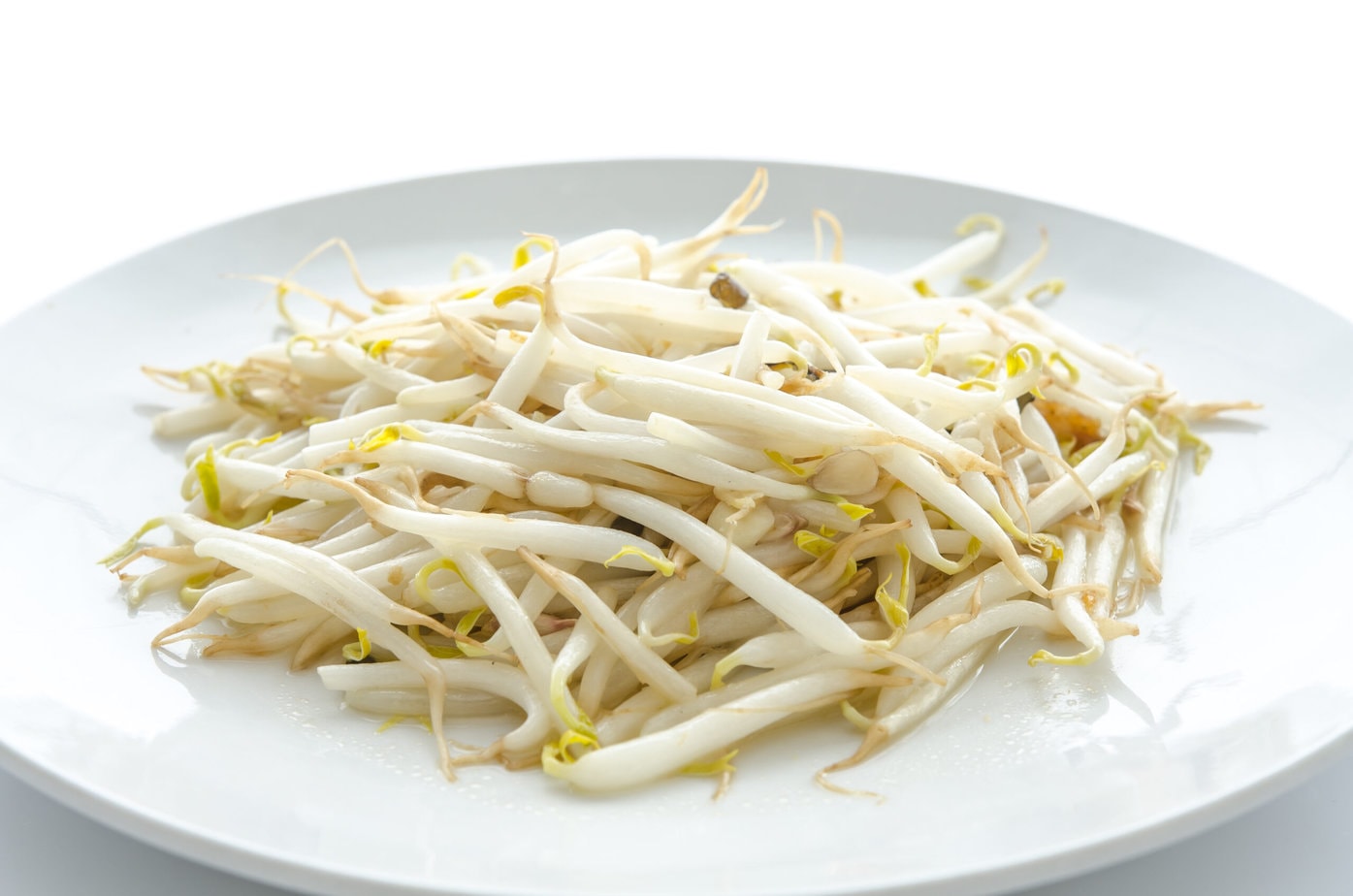
They’re also a good source of vitamins B and C, minerals, and fiber. You can consult a detailed table of their nutritional value here.
This nutritional profile gives bean sprouts a host of health benefits, including helping reduce hypertension, supporting cancer prevention, and aiding digestion. It’s amazing how much goodness is packed into sprouts that seem mostly water!
How to use bean sprouts in recipes
Bean sprouts are used across Asia, with each country adapting them to its own culinary traditions.
You’ll find them in Chinese cuisine (fried rice, Peking-style soup, …), Indian (to balance curries), Japanese (stir-fries, soups), Korean (namul, bibimbap), Thai (stir-fries like pad Thai, soups), Indonesian (soups, salads), and Vietnamese (Spring rolls (nem) and other sides)
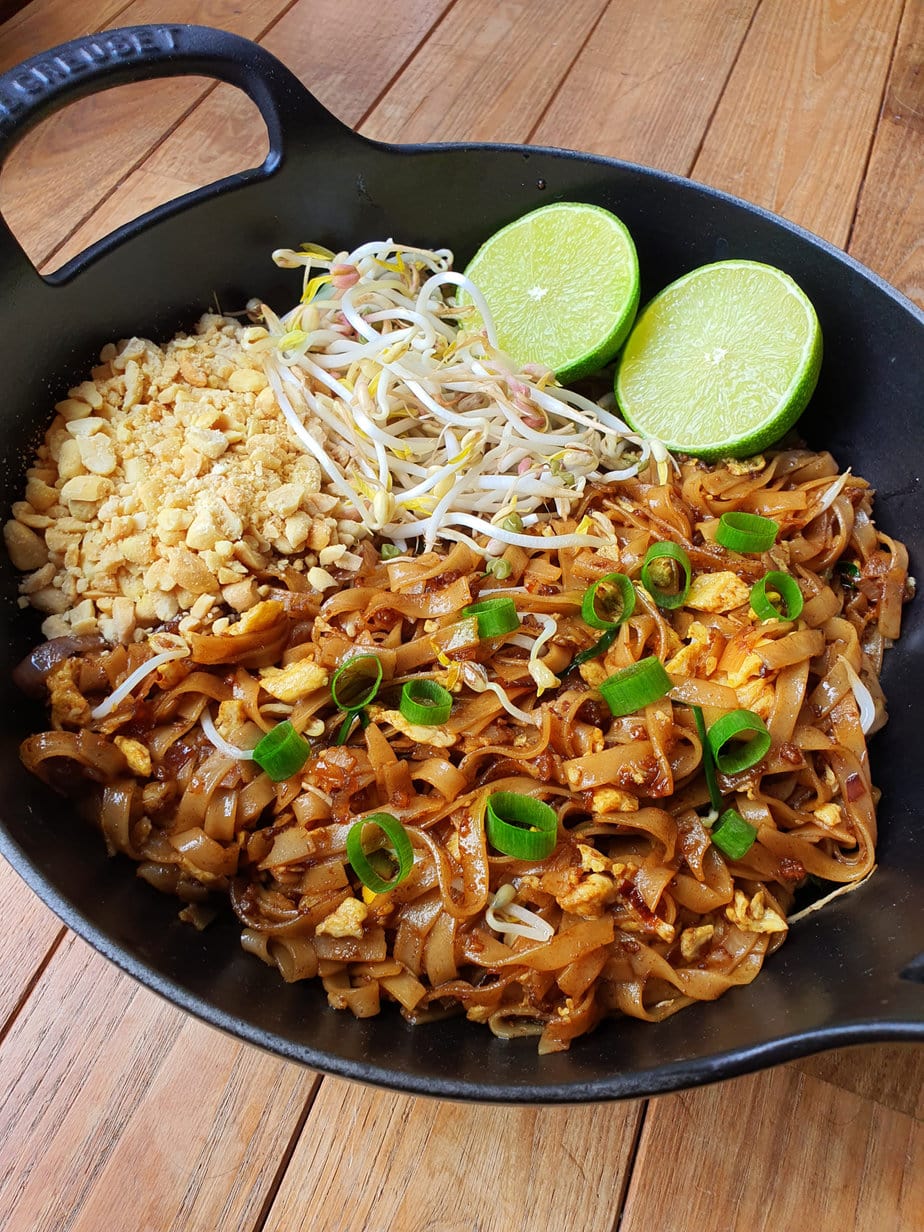
Bean sprouts can be enjoyed raw or cooked. Raw, they’re great in salads with other crunchy vegetables like carrots and bell peppers, or tucked into sandwiches for extra crunch and freshness.
Cooked, they’re delicious stir-fried with noodles or in a wok alongside sliced vegetables like zucchini, leeks, carrots, and bell peppers.
They’re also essential for spring rolls, so don’t skip them if you plan to make some. You can briefly blanch them to gently mellow the flavor, then use them to whip up tasty Korean-style salads.

Bean sprouts are wonderfully versatile and slip easily into a wide variety of recipes. They add refreshing crunch along with a wealth of nutritional benefits.
Don’t hesitate to try them in different preparations to discover all the ways to enjoy them and make the most of their nutritional perks. Since they’re available year-round, it’s easy to add them to your regular routine and enjoy both their flavor and their benefits.
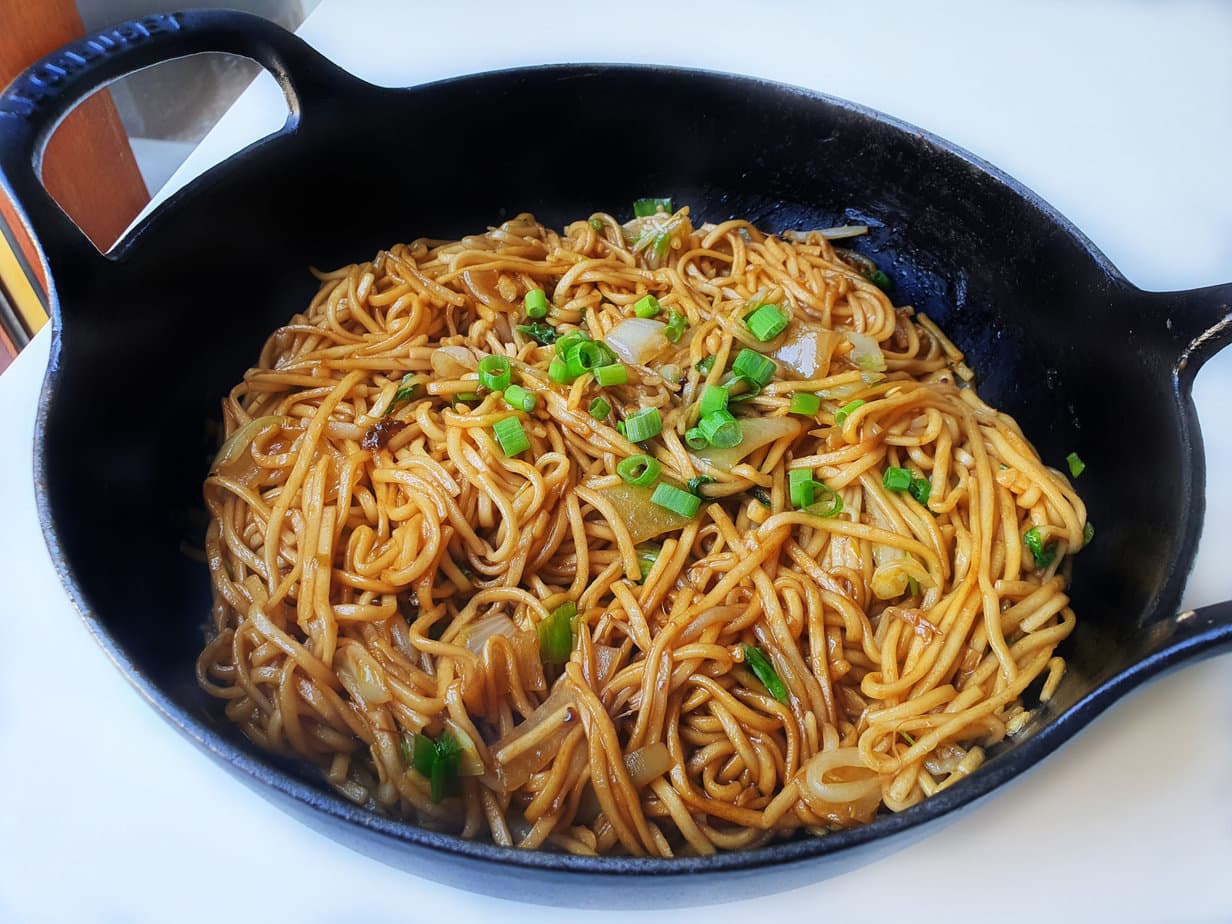
Where to buy bean sprouts?
These days, there’s no need to go to an Asian supermarket—unless you want the best value for money. You can find them in most supermarkets in France or Belgium.
How to store mung bean sprouts?
They usually keep for up to 3–4 days in the fridge; they’re quite perishable.
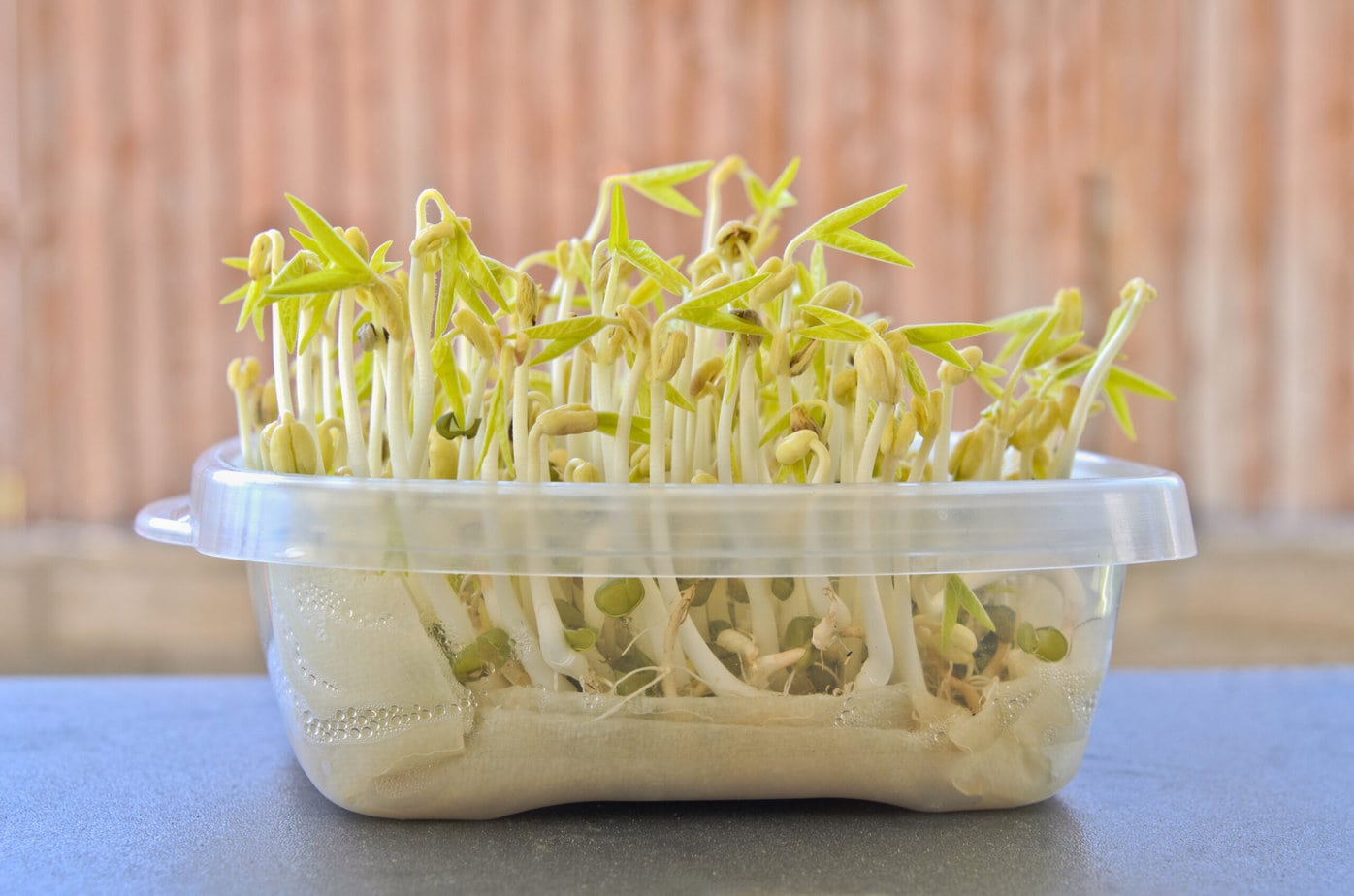
Ingredients
- 1 handful mung beans
- 500 ml water (approx.)
Instructions
- Add the mung beans to a large bowl.
- Rinse 3 to 4 times in plenty of fresh, clean water. Drain.
- Cover with freshly filtered water and soak for 9 to 12 hours. For best results, use boiled/dechlorinated water cooled to room temperature.
- If soaking lasts longer than 9 hours, discard the water and refill with fresh water. This helps prevent the bean sprouts from developing a musty smell.
- When you are ready to sprout the mung beans, discard the soaking water. Rinse at least 3 times with clean water. Drain in a colander.
- Transfer the soaked, drained mung beans to a jar or container. Make sure there is no water left; you don’t want them to mold.
- Cover loosely with a lid or cloth.
- Place the bowl/jar in a warm, dark spot away from sunlight.
- Leave undisturbed until the beans sprout. Sprouting time depends on temperature; some mung beans sprout in a few hours, while others take up to a day or two.
- After 12 hours, check if they have sprouted. If you prefer longer sprouts, sprinkle with clean water and let all excess water drain from the batch or the jar/bowl. Excess moisture can cause them to rot.
- Refrigerate the mung bean sprouts in a clean, dry, airtight jar and use within 2 to 4 days.
